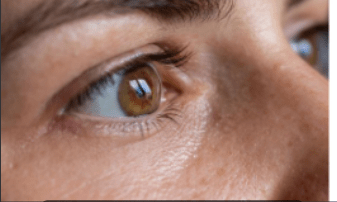“Insights into Blinking: Enhancing Visual Perception Beyond Ocular Moisture”

New research suggests that beyond Ocular Moisture merely keeping our eyes moist, blinking may play a vital role in enhancing our perception of large, slowly evolving patterns. According to the findings, blinking provides valuable information to the brain about the overall visual scene, aiding in our comprehension of the broader picture.
READ: New York Businesses Ordered to Require Masks Indoors or Vaccine Proof
Ocular Moisture
Michele Rucci, a professor at the University of Rochester’s Department of Brain and Cognitive Sciences, explains that blinking alters the visual input to the retina, effectively reshaping the visual information being processed. This modulation of visual input during blinks generates luminance signals that differ significantly from those typically experienced when our eyes are fixed on a specific point in the scene.
The study, published in the journal ‘Proceedings of the National Academy of Sciences,’ involved tracking eye movements in humans. By combining this data with computer models, researchers examined how blinking influences visual perception compared to when the eyes are closed.
Their findings indicate that the rapid movement of the eyelids during blinking alters the light patterns that stimulate the retina. This results in a distinct type of visual information for the brain to analyze, differing from the input received when our eyes are open and focused on a particular object.
Contrary to common assumptions, the study reveals that individuals benefit from these blink-induced changes in visual processing. Bin Yang, a graduate student involved in the research, notes that blink transients contribute positively to visual perception, compensating for any loss in stimulus exposure.
In summary, the research underscores the significance of blinking beyond its basic function of ocular lubrication. It highlights how this seemingly involuntary act serves as a mechanism for enriching our visual experience and aiding in the comprehension of complex visual scenes.




